
A young man somehow managed to get hold of his mobile phone to give his mother a last call. A woman took out her ID card and held on to it firmly, so at least her body could be identified for her children. Thousands of people kept yelling for their mother, father, brother, sister or beloved children till they faint. These are just some of the horrific stories of Savar Tragedy.
An eight-story commercial building named “Rana Plaza”, collapsed in Savar, Dhaka on 24 April, 2013. Almost 1,127 workers died, more than 3,000 were injured badly and many were missing. According to the local people around 6,000 workers used to work in the factories located in the building. It is considered to be the deadliest garment-factory accident in history, as well as the deadliest accidental structural failure in modern human history.
“I will die having no food but never go to the garments anymore”, “There is no meaning of this life without any legs”, “How will I feed my children? Without my hand who will give me work?”, “Begging is much better than working in garments” – these are the words of some of the many survivors of Savar tragedy.
Usually most of the garments workers come to the capital Dhaka from different corners of the country in search of money. Though Garments sector is the most successful business sector of Bangladesh and last year it earned $19 billion, from the very beginning all the workers have been treated as low paid slave. The workers who survived from the deadly building collapse are now living more miserable life.
Some have returned to their villages and already have decided to not to be back in Dhaka again. Some are still in shock stage and not able to do any work. Some do not know what to do now. Government and different NGOS instantly helped them but that certainly not assure the future. At this moment the garments workers are in the most vulnerable condition in Bangladesh. They have no security, standard payment or standard basic needs.













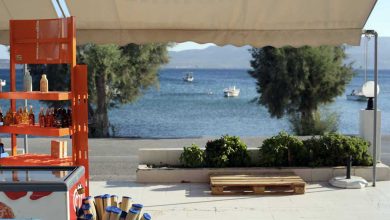
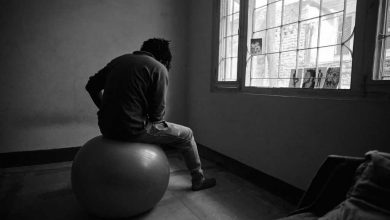
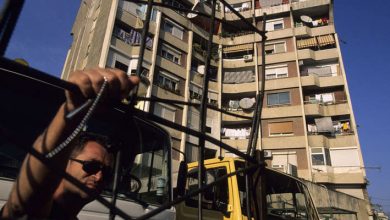
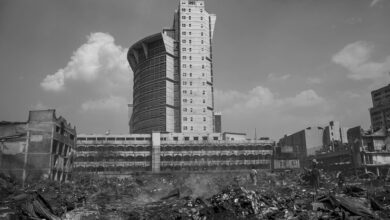
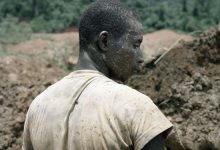
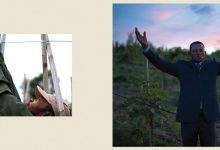
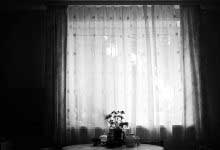
One Comment